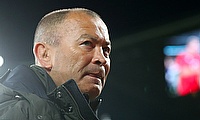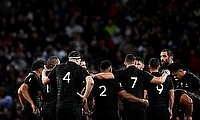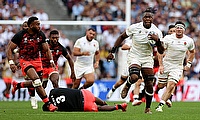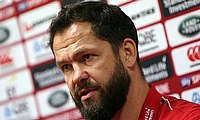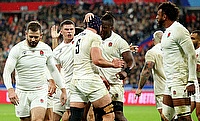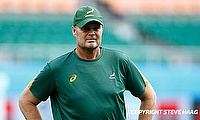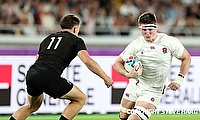Argentina primed and ready for the RWC
All 20 nations involved in the upcoming Rugby World Cup are currently building towards the tournament, trying to ensure they have the best possible campaigns, and though Argentina are no different, they could be forgiven for having an eye on the 2019 event in Japan.
Los Pumas shocked the world in 2007 when they went on a run to the RWC semi-finals, ultimately securing third-place at the tournament after comprehensively beating France 34-10 in the bronze medal match. Their performance at the tournament was arguably the largest contributing factor to the team finally being incorporated into an annual tournament with the other tier one nations, when they were added to The Rugby Championship in 2012.
The likes of Mario Ledesma, Omar Hasan, Agustín Pichot and Felipe Contepomi formed the core of a golden generation for Argentine rugby, and though the team has struggled since to replicate those dizzying highs, the legacy left by those players has set a solid foundation for the next generation.
Despite certain RWC squad spots for the likes of Agustín Creevy, Marcos Ayerza, Juan Martín Fernández Lobbe, Marcelo Bosch and Horacio Agulla, all of whom are now north of 30 years of age, Argentina could well head to England later this summer with one of, if not the youngest squad at the competition.
From loosehead prop to fullback, Argentina have a plethora of talented youngsters ready to make their mark, many of whom will have been inspired by the class of 2007, and importantly, the majority of them are already signed up to play with the new Buenos Aires-based Super Rugby franchise from 2016 onwards.
Lucas Noguera Paz, Santiagio Iglesias Valdez and Mathias Diaz, all of whom are just 22, have already collected a combined 35 caps and should add to that tally over the next few months. The trio could form Argentina’s favoured front row in four years’ time in Japan, where they will likely be backed up by emerging second rows Guido Petti Pagadizábal, 20, and Tomás Lavanini, 22.
Los Pumas’ extraordinary wealth of young talent continues in the back row, with flankers Pablo Matera, 22, and Tomás Lezana, 21, both very good shots to make Argentina’s final RWC squad. They will all but certainly be joined by number eight Facundo Isa, 21, who is one of the most promising young players in the world, not just Argentina.
These eight forwards, all of whom are 22 years old or younger, have amassed 83 caps between them to date. With a RWC on the horizon, four further editions of The Rugby Championship and four years of summer and winter tours to be played, this group could be looking at, conservatively, around 350-400 caps worth of experience come the 2019 RWC. Most importantly, all eight are signed up with the new Buenos Aires-based Super Rugby franchise, making them all eligible to represent Argentina.
There are no shortage of half-back options, either, with scrum-halves Martín Landajo and Tomás Cubelli likely to still be in their prime come 2019, whilst fly-half Nicolás Sánchez has shown his ability in France and should continue to do so in Super Rugby. There is also the wildcard of Patricio Fernandez, one of the most highly-touted young fly-halves around the world, but having just agreed a move to Clermont in the Top 14, he should ineligible for the Pumas until or if he chooses to return to Argentina.
Looking further along the back line, the young duo of Jerónimo de la Fuente and Matías Moroni, both 24, should combine in midfield for Argentina’s Super Rugby franchise and will, in theory, develop a chemistry that should transfer seamlessly over to the national team. They will be joined in the back line by two of the more exciting prospects in world rugby, Manuel Montero and Santiago Cordero.
Montero is the dynamic and physical winger that Argentina have been missing for years, capable of creating tries out of nothing with his aerial ability and tackle-busting strength, whilst Cordero is a fleet-footed fullback, similar in size and style to South Africa’s Willie le Roux. Montero will unfortunately miss the RWC this year due to rupturing his anterior cruciate ligament and his loss will definitely been keenly felt by Argentina.
Of course, Argentina will bring every ounce of their trademark passion and intensity to try and be successful at this year’s tournament, but realistically, it seems like an important building block for their young core, rather than a competition they have a genuine shot of winning.
The output of young talent in Argentina over the last couple of years is all but unprecedented, with huge promise developing at every position across the pitch, and providing the Union Argentina de Rugby can keep the group together in Buenos Aires and build both experience and chemistry over the next few years, there’s no reason why they can’t be a genuine challenger for rugby’s grandest prize in 2019.

